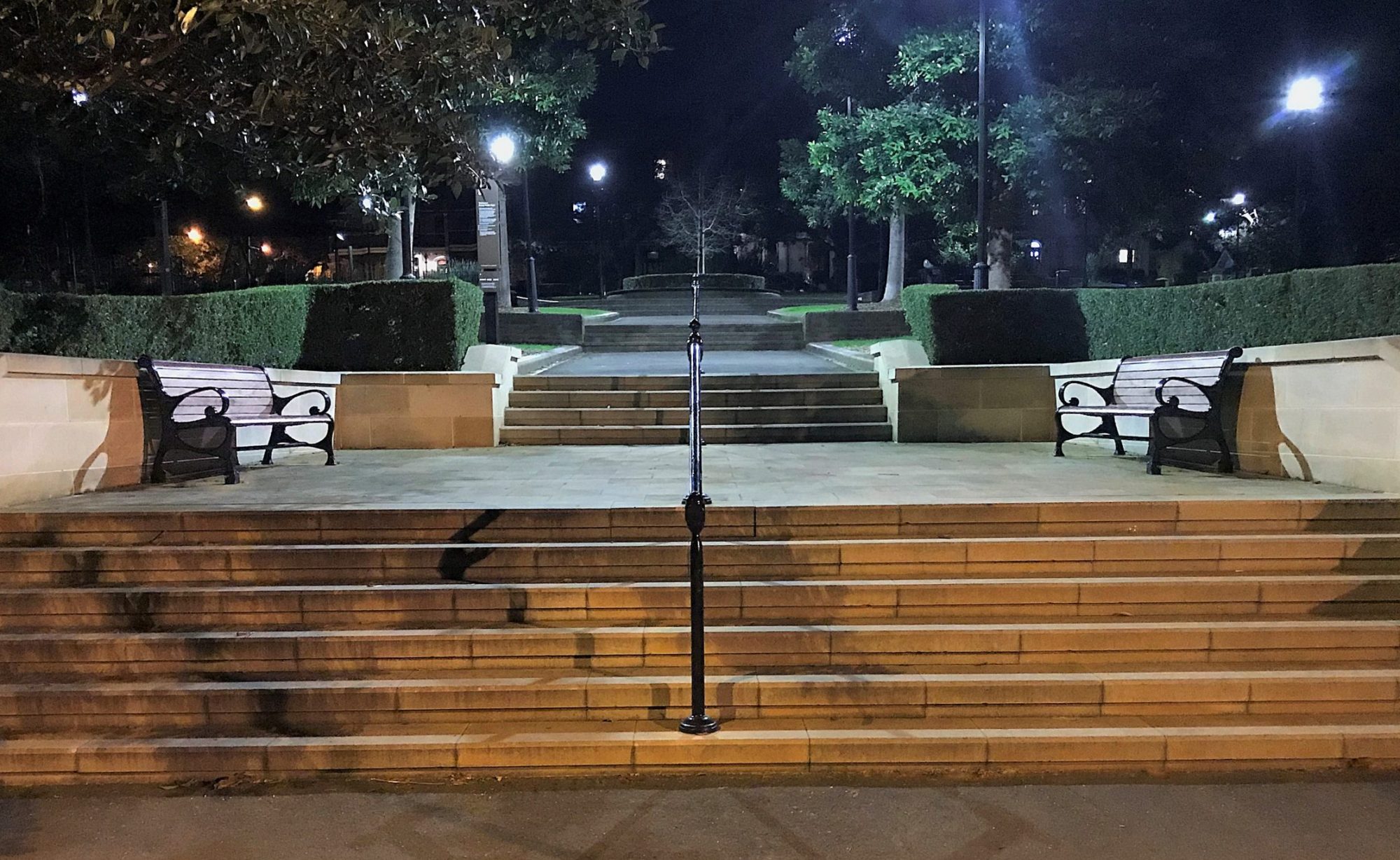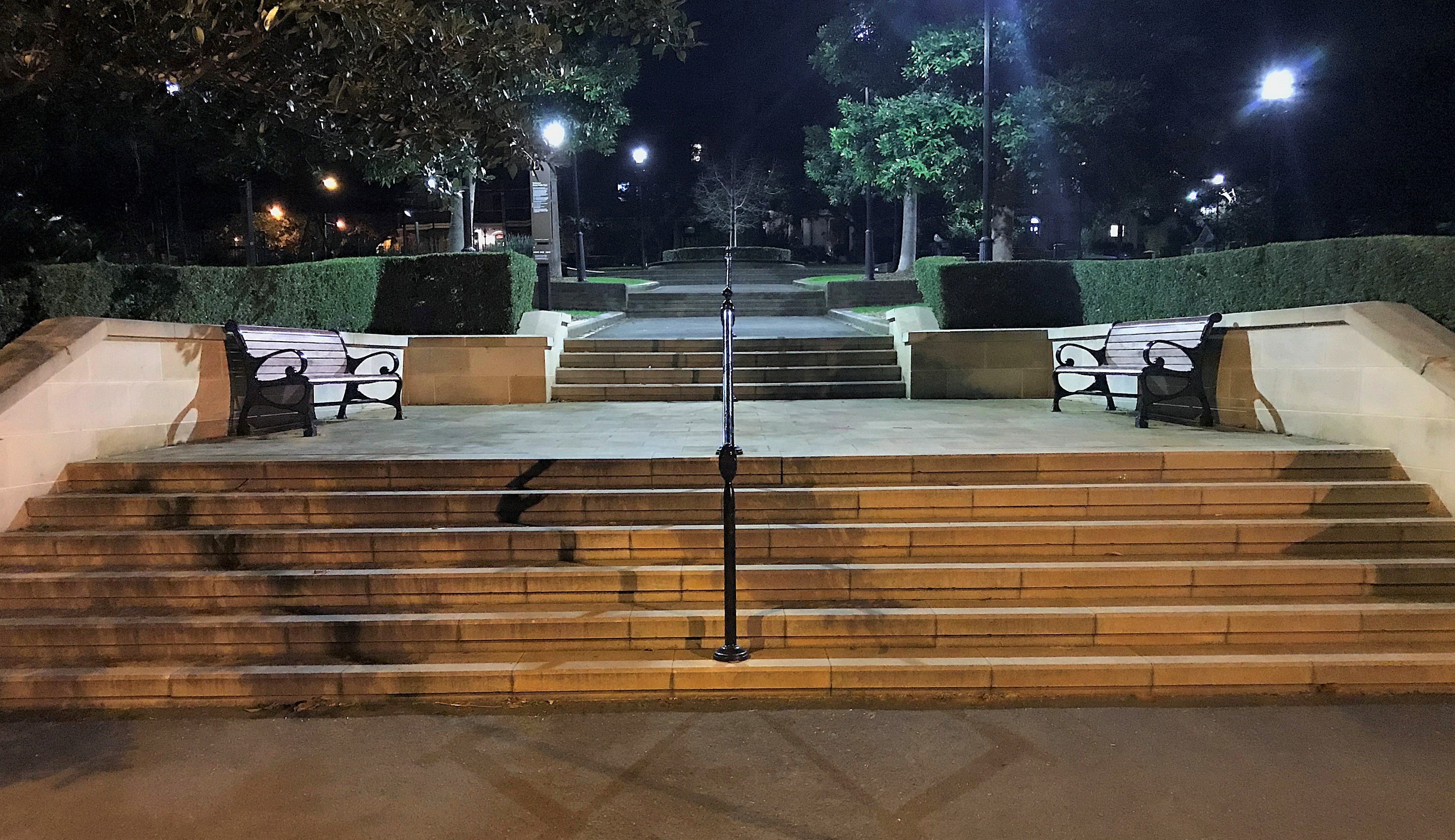Among the more unexpected impacts of the Covid-19 pandemic is the rethinking of how populations interact with their built environment, and whether large cities are the way of the future when it comes to urban development.
According to a recent report by UN Habitat, the effects of Covid-19 have highlighted “the unprecedented demographic, environmental, economic, social and spatial challenges that cities face”. UN Habitat, the United Nation’s habitat and human settlement branch, is focused on promoting socially and environmentally sustainable human development. Their report refers to The New Urban Agenda signed in 2016 which sets global standards in sustainable urban development, rethinking the way the world will build, manage, and live in cities.
The COVID-19 crisis has highlighted several gaps in public space design which need to be addressed in the short, medium and long term. These include accessibility, flexibility in design of both spaces and the street furniture therein, connectivity and equitable distribution. As a result, implementing the New Urban Agenda is one of UN Habitat’s highest priorities. It includes policy to mobilise and empower all urban players around practical problem-solving and collective effort towards the common objectives of recovering from the pandemic and building sustainable cities, resilient to future devastations.
Even in times of unprecedented restrictions on mobility, people still need to venture outside to exercise, play, work, commute, gather essentials, socialise and maintain a balanced mental state. Reflecting on the physical and social distancing restrictions implemented during the Covid-19 pandemic lockdowns, there is a dramatic perspective and relationship change happening within the public realm. While currently 55% of the world’s population live in urbanised areas, a number which is predicted to grow to 68% by 2050, the pandemic has disrupted social and economic development in a way which has not been seen in the past three decades, according to António Guterres, Secretary-General of the United Nations.
The UN Habitat’s tool, “Guidance on COVID-19 and Public Space”, was created to prepare authorities on what to expect as cities start to open up from lock-down. Key areas of focus for an effective urban response for COVID-19 include:
Short-term:
- Public spaces are an important asset in a time of crisis and can be used as spaces to spread information about public health guidelines
- Communities require a well-connected and integrated system of public spaces including streets and walkways
- Expand the amount of land allocated to public space including streets.
- Embrace flexibility of functions
Medium and long-term interventions:
- Equitably distribute public spaces across all scales
- Plan for the self-sufficient neighbourhood or “15-minute compact city neighbourhood”
- The design, materials used and management and maintenance of public space is key in fighting the spread of Covid-19 and future viruses
- Build “social resilience” through outdoor community spaces for connection
There is a profound shift in thinking and focus towards urbanisation, the role and value of the public space domain which has taken place especially with the expectation that 6 out of every 10 people in the world will reside in urban areas by 2030. Cities and urbanised areas include spaces of social, cultural and economic significance. The value they provide includes both built and natural factors and the integration of these factors is important in sustainable urban development. This offers unique challenges for the astute precinct designer, whilst giving creative opportunities for the design and manufacturing of evolving public space furniture.
Read the full UN-Habitat Guidance on COVID-19 and Public Space here: https://unhabitat.org/sites/default/files/2020/06/un-habitat_guidance_on_covid-19_and_public_space.pdf
United Nations Human Settlements Programme (UN-Habitat), 2020, COVID-19 Response Report of Activities, available from: https://unhabitat.org/sites/default/files/2020/10/covid-19_response_report_web26.10.20.pdf [Accessed 20 July 2021]
 46
46 0
0
